1948 Tucker 48 review
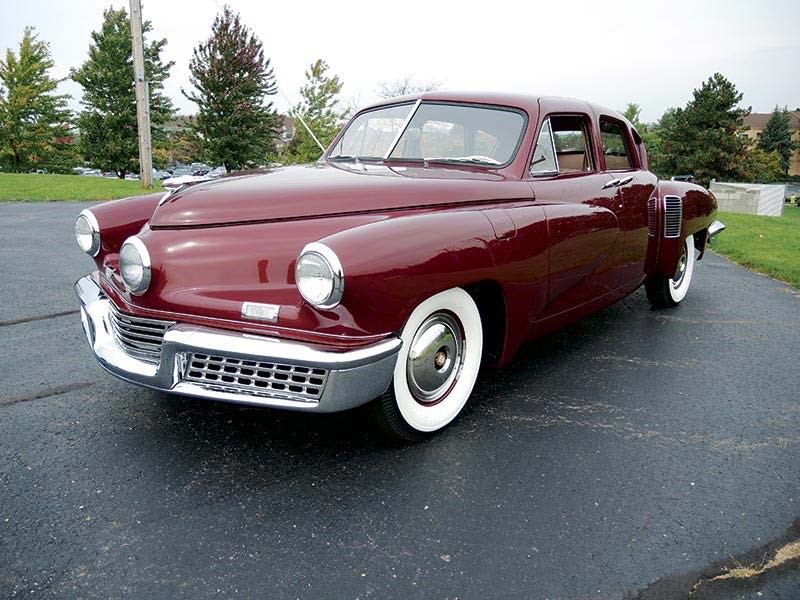 Tucker 48 Maroon
Tucker 48 Maroon

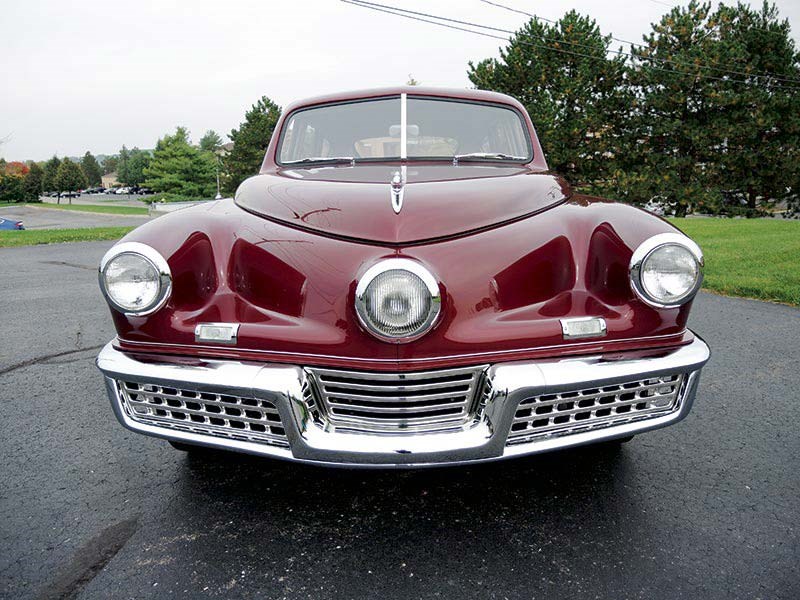 Tucker 48 Maroon
Tucker 48 Maroon

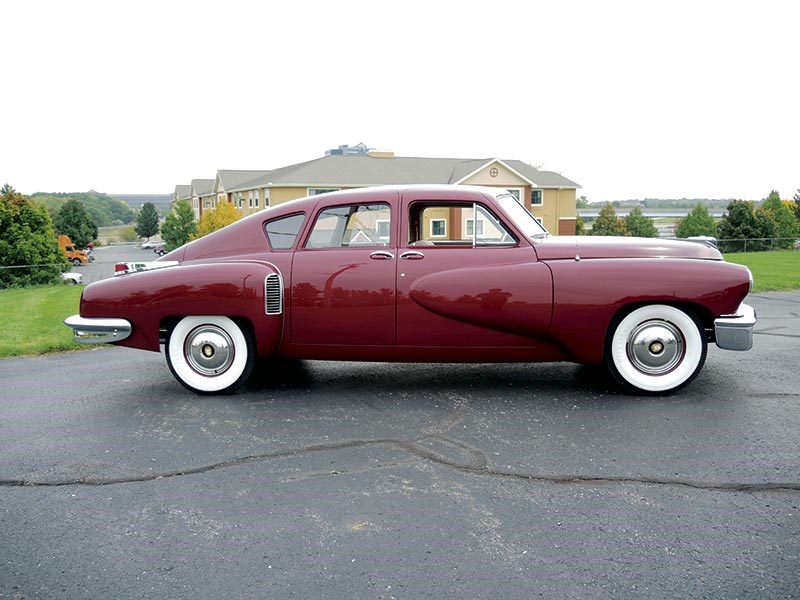 Tucker 48 Maroon
Tucker 48 Maroon

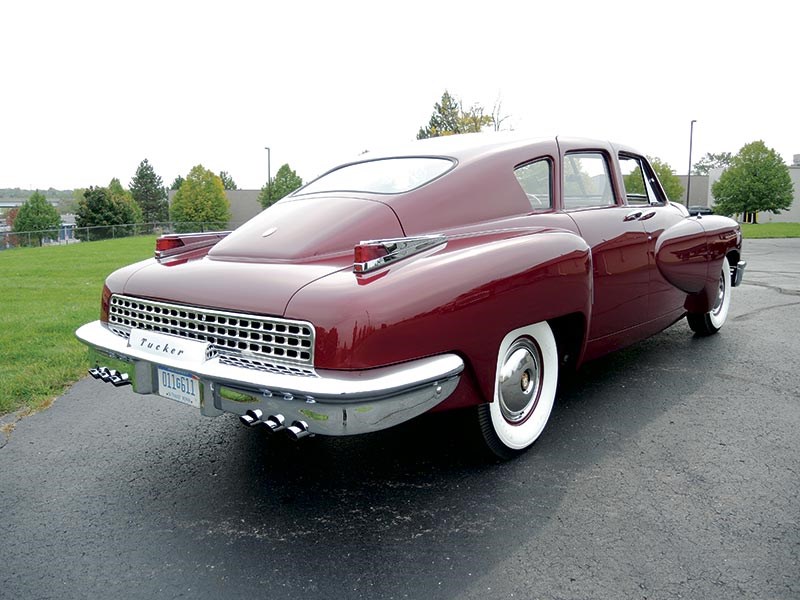 Tucker 48 Maroon
Tucker 48 Maroon

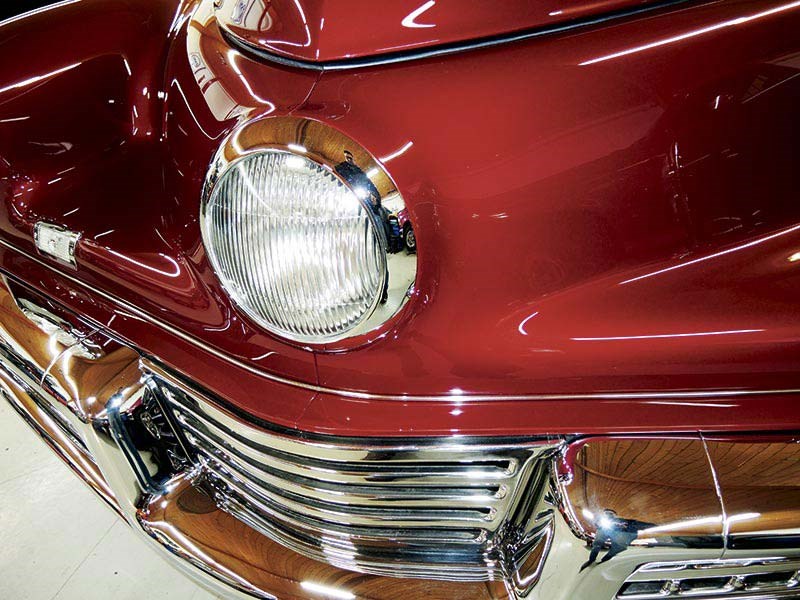 Tucker Cyclops headlight
Tucker Cyclops headlight

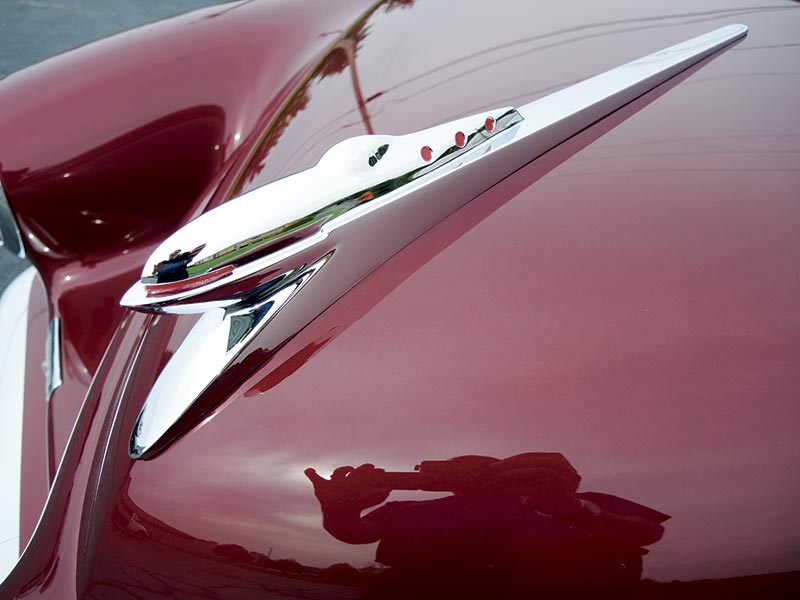 Tucker mascot
Tucker mascot

 The Tucker buyout was a disaster for Aircooled Motors, whose Franklin unit held a 65 per cent market share in post-war US aviation engines. All existing aviation contracts were cancelled
The Tucker buyout was a disaster for Aircooled Motors, whose Franklin unit held a 65 per cent market share in post-war US aviation engines. All existing aviation contracts were cancelled

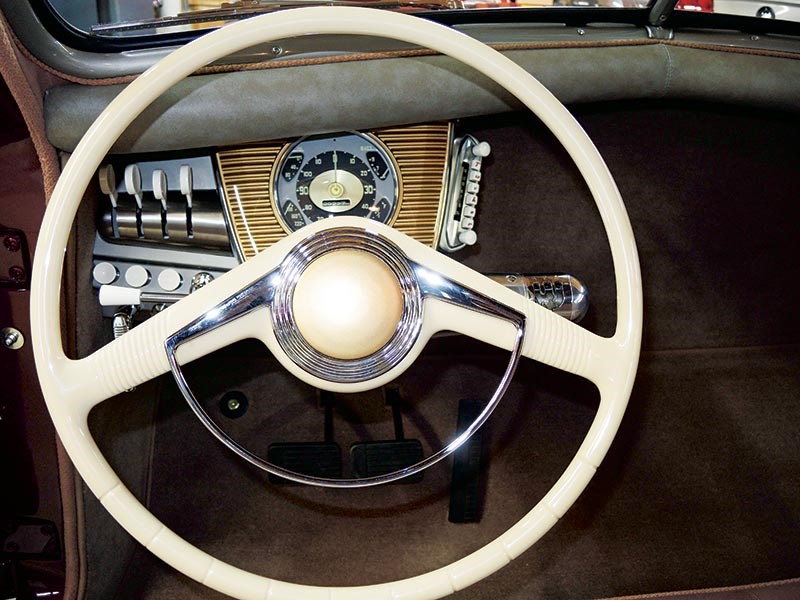 Tucker dash
Tucker dash

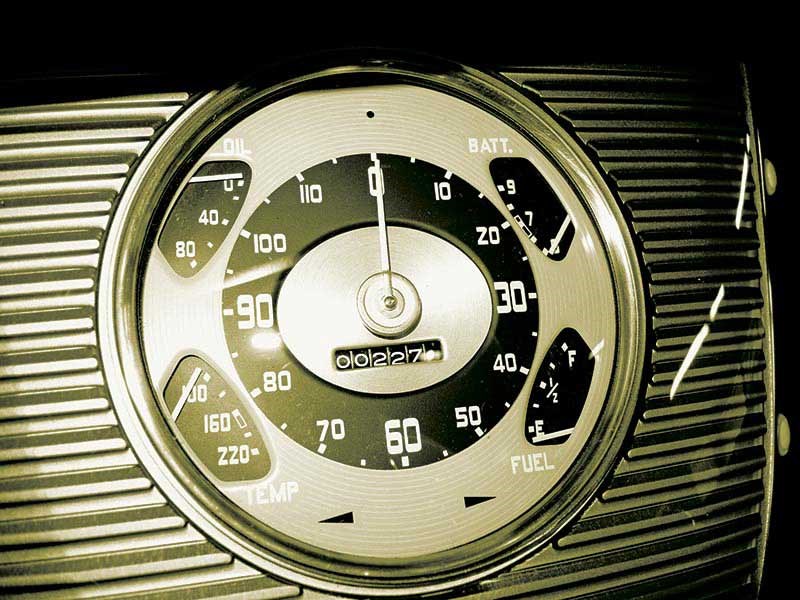 Tucker speedo
Tucker speedo

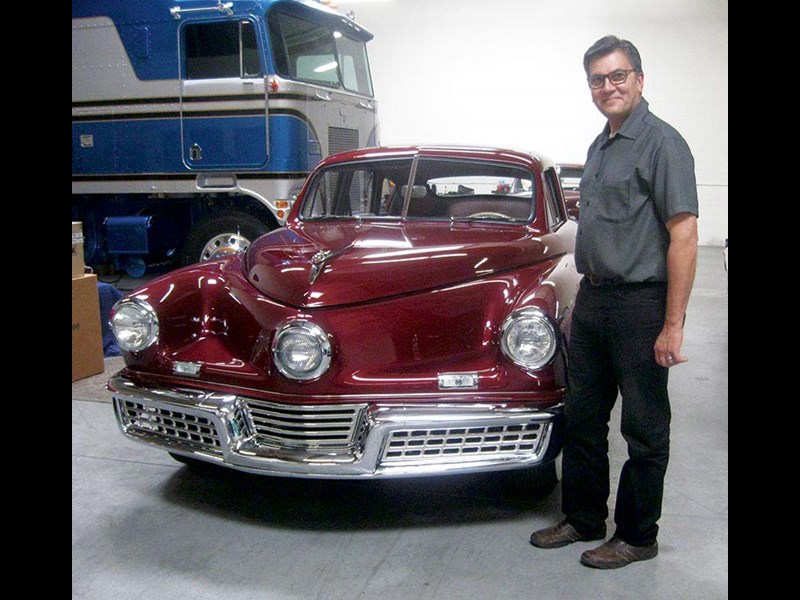 Mark Lieberman and his Tucker
Mark Lieberman and his Tucker

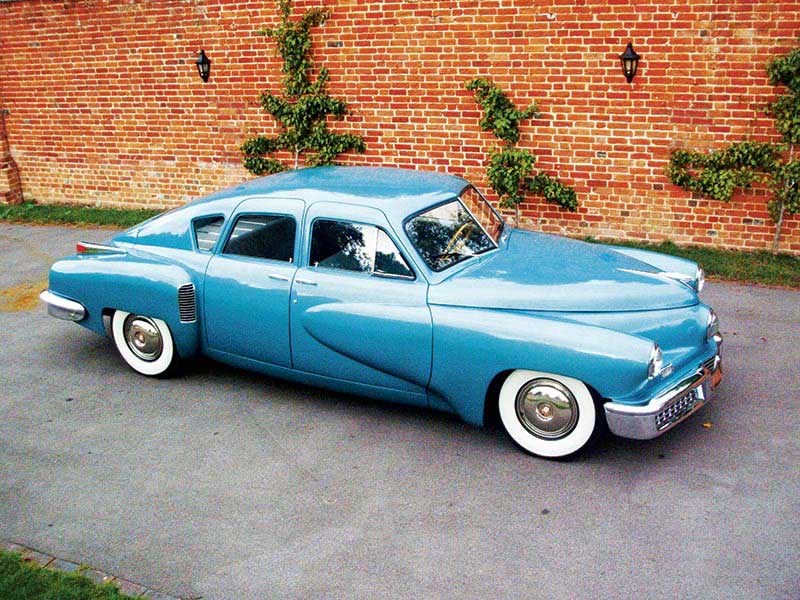 Tucker originally intended six colours: Black, Waltz Blue, Green, Beige, Grey and Maroon
Tucker originally intended six colours: Black, Waltz Blue, Green, Beige, Grey and Maroon

 Preston Tucker eventually had 2000 or so dealer franchises signed on. That's nearly twice as many dealers as Ford lined up ten years later to sell the Edsel
Preston Tucker eventually had 2000 or so dealer franchises signed on. That's nearly twice as many dealers as Ford lined up ten years later to sell the Edsel

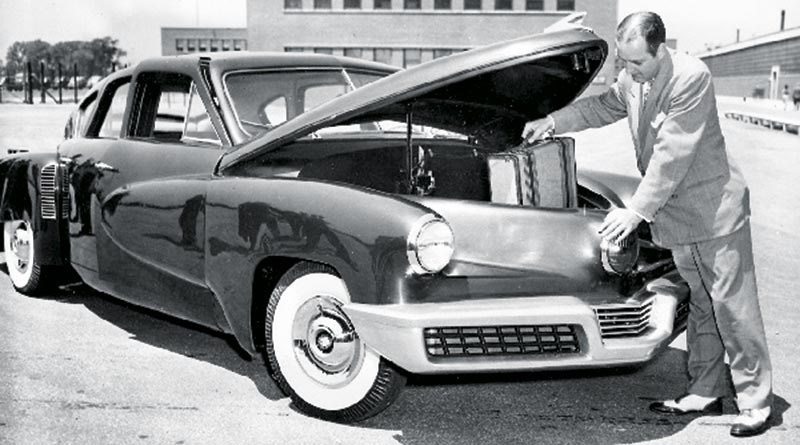 The company offered accessory cases in either plastic or high-grain leather
The company offered accessory cases in either plastic or high-grain leather



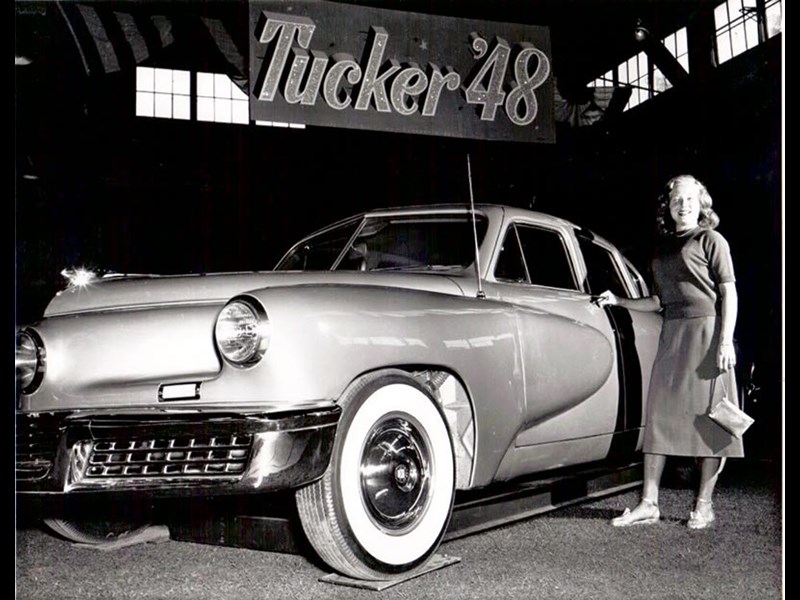

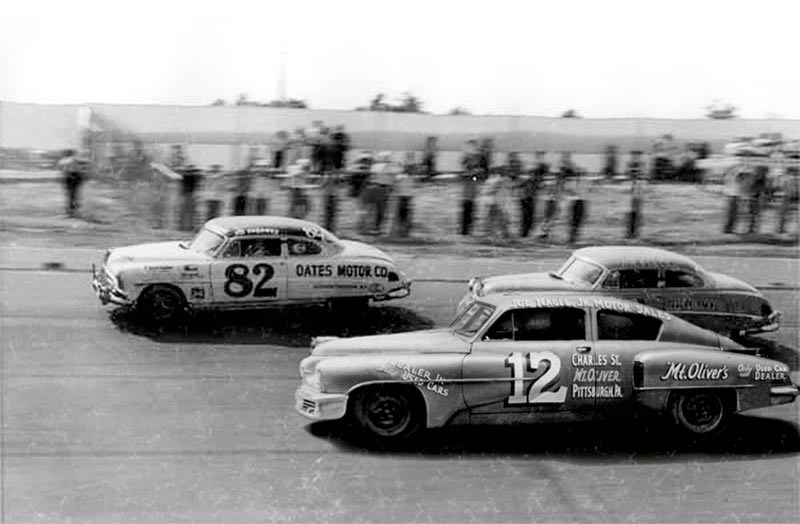



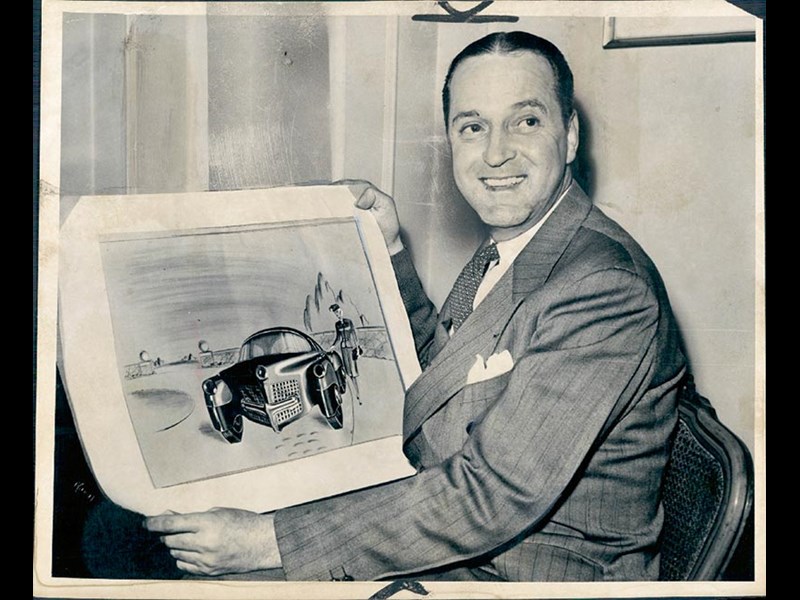

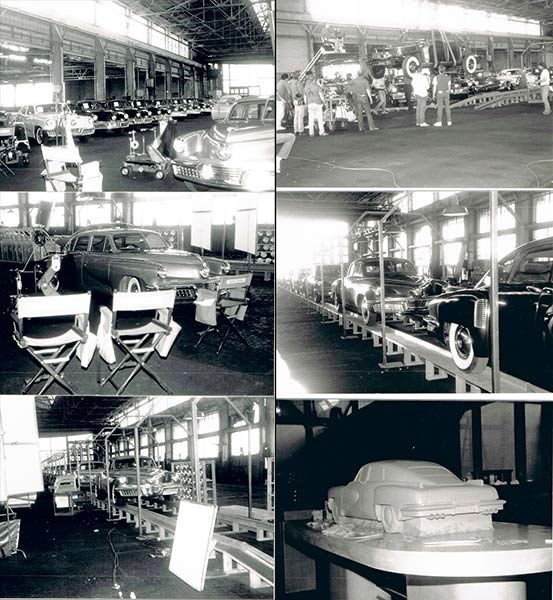 Tucker debuted the 48 at the factory on June 19th 1947. The experimental 589 engine was so loud that the band was instructed to play as loud as possible to drown out the noise
Tucker debuted the 48 at the factory on June 19th 1947. The experimental 589 engine was so loud that the band was instructed to play as loud as possible to drown out the noise


|
|
Tucker 48 Maroon
|

|
|
Tucker 48 Maroon
|

|
|
Tucker 48 Maroon
|

|
|
Tucker 48 Maroon
|

|
|
Tucker Cyclops headlight
|

|
|
Tucker mascot
|

|
|
The Tucker buyout was a disaster for Aircooled Motors, whose Franklin unit held a 65 per cent market share in post-war US aviation engines. All existing aviation contracts were cancelled
|

|
|
Tucker dash
|

|
|
Tucker speedo
|

|
|
Mark Lieberman and his Tucker
|

|
|
Tucker originally intended six colours: Black, Waltz Blue, Green, Beige, Grey and Maroon
|

|
|
Preston Tucker eventually had 2000 or so dealer franchises signed on. That's nearly twice as many dealers as Ford lined up ten years later to sell the Edsel
|

|
|
The company offered accessory cases in either plastic or high-grain leather
|

|

|

|

|

|

|
|
Tucker debuted the 48 at the factory on June 19th 1947. The experimental 589 engine was so loud that the band was instructed to play as loud as possible to drown out the noise
|
One of the world's most valuable marques was a commercial disaster
1948 Tucker 48
The prices of classic American cars continue to rise and you can’t help but wonder, which is the most expensive?
Contenders might include the gorgeous topless and over-the-top 1959 Cadillac Eldorado Biarritz, the 1963 inaugural Corvette Stingray with that bold split rear window, Ford’s 1956 Continental Mark 2 or even the 1957 Cadillac Eldorado Brougham. Let’s not leave out real and original Shelby Cobras, now fetching into the millions.
Among the exclusive million dollar-plus post-war group is a car that regularly breaks the price barrier whenever one of the very few (under 50) extant examples comes up for auction. That car is Preston Tucker’s once notorious eponymous dream machine, the Tucker 48. ‘Don’t let a Tucker pass you by’ was the car’s advertising theme when new and has subsequently been adopted by wealthy collectors.
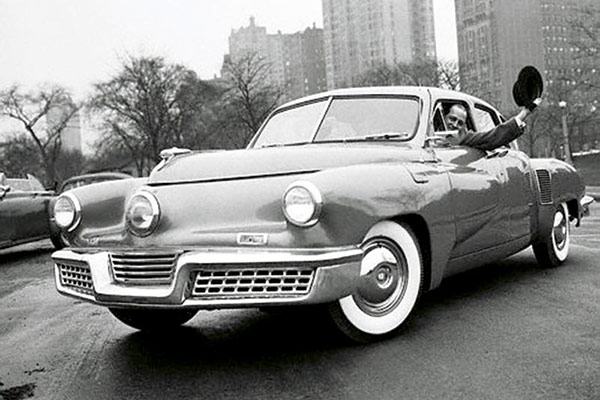
Enigma and even intrigue still surround the Tucker 48 (the numerals signifying the year 1948), which is still generally and wrongly called the Tucker Torpedo, ‘Torpedo’ being the name given to it before production began. Few books have been devoted to the car and it is better remembered from the 1988 Coppola movie, which also marked the start of the serious price escalation.
The most remarkable thing about the Tucker is not that only the ‘Tin Goose’ prototype and 50 pilot production examples were built but that any were.
Preston Tucker gave the car its public debut on 19 June 1947, a year before Ford showed its ’49 model, arguably the most influential of Detroit’s first wave of post-war cars, even if the ‘coming-or-going’ Loewy-designed Studebaker first appeared in 1946. In the context of the warmed-over pre-war Chevrolets, Fords and Plymouths, the Tucker really did present as something that had dropped out of the sky.
Curator of the Smithsonian National Museum of American History (NMAH), Roger White, has said: "Tucker thought of the automobile as a malleable object. He was kind of like Frank Lloyd Wright in that respect, unafraid to start from scratch." The NMAH has housed the 39th Tucker (#1039) since 1993, after it was forfeited in a narcotics arrest the previous year – a detail Preston Tucker would doubtless have loved.
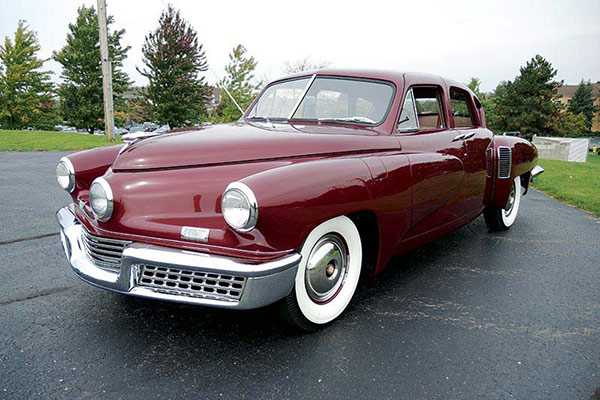
The idea of starting from scratch was the opposite of the standard Detroit approach. In the movie Tucker: The Man and His Dream, (directed by Francis Ford Coppola and produced by George Lucas), the ex-chairman of the Tucker Corporation says: "A well-run corporation doesn’t waste money to research innovations unless, of course, keeping up with the opposition demands it." Despite the caricature, there is truth in this. A bit more horsepower, some extra chrome, maybe a couple of extra inches in overall length made a ‘new’ model.
About the only 1940-50s General Motors car to be started from scratch was the 1960 Chevrolet Corvair and, had the original specification not been diluted by cost-cutting measures, it may have been a winner. The Corvair was also the first American car since the Tucker to feature a rear-mounted horizontally opposed six-cylinder engine. Was its chief designer, Ed Cole, a secret admirer of the Tucker 48?
In fact, the engine remained the Tucker 48’s most radical engineering feature and would have been even more so had the original design been viable. Preston Tucker envisaged a fuel-injected 9.65-litre flat six unit with hemispherical combustion chambers and overhead valves, to be actuated by oil pressure rather than camshafts. But wait, there’s more! A direct drive torque converter was to be fitted at both rear wheels. The idling speed was to be 100rpm with general operation between 250 and 1200. But this ‘589’ (for cubic inches) engine was only in the test chassis and the prototype. Major problems included the valvetrain, excessive cranking time from the 24-volt electrical system and a disappointing peak output of 66kW (88bhp). After almost a year, it was abandoned.

The alternative was also startlingly left-field. Tucker bought Aircooled Motors for $1.8m to secure his engine source. Aircooled had produced the Franklin 0-335 air-cooled flat-six engine intended for the Bell 47 helicopter. Before buying the company he paid $5000 each for four engines which his engineers then converted to water cooling. After extensive modifications, an engine was tested at maximum power for 150 hours at full throttle, which was the equivalent of 29,000km.
The engine, then, was no longer among the seemingly insurmountable problems. It produced 122kW and 504Nm giving the Tucker perhaps the strongest performance of any sedan in the world at the time. Frequently quoted performance figures are zero 60mph (97km/h) in 10 seconds and a top speed of 120mph (192km/h).
Preston Tucker employed Alex Tremulis, formerly of the prestigious Auburn Automobile Company, as chief designer. Essentially, Tremulis took Tucker’s ideas and made them workable. The front guards couldn’t be engineered to turn with the wheels, so Tremulis made the central ‘Cyclops’ headlight swivel. He cut the doors into the roofline, decades before this became common. Some claimed the Tucker’s coefficient of drag was as low as 0.26 but 0.30-0.32 seems more likely (this at a time when 0.55 or even 0.60 were typical figures).
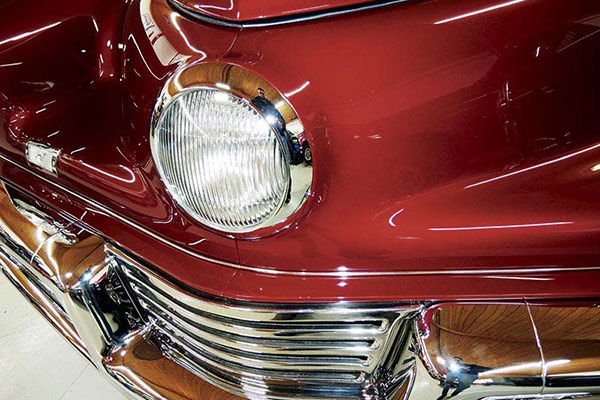
Even though the production cars did not incorporate all the technological wizardry Tucker had planned (disc brakes, seat belts and rubber suspension, inter alia, were dropped), it still set a new standard for safety. A roll bar was incorporated in the roof. The ‘Safety Chamber’ offered front occupants escape "in case of impending collision." The car had a perimeter frame. The engine was in the rear, the centre of gravity was low, the suspension firm (to the point where the car could lift a front wheel on uneven surfaces) and independent all-round, and there was a padded dashboard. All gauges were grouped in front of the driver and visible through the steering wheel.
Preston Tucker’s wholehearted commitment to safety was perhaps the most lasting legacy of his eponymous car.
In demonstration runs at Indianapolis in 1948 car #1027 was rolled three times at 95 miles per hour (153km/h) and the driver walked away with bruises. After a tyre had been replaced, this car was re-started and driven off the track. In that demo seven Tuckers were driven around the 2 1/2-mile Indianapolis Speedway oval for two weeks at 90-95 mph average.

Other track experiences were less impressive. Joe Merola of Pittsburgh entered #1004 in NASCAR in February 1950 and in the Poor Man’s 500 at the Canfield Speedway on May 30. In each case the car suffered a broken rear axle due to the monstrous torque in first gear.
A failure to complete even one stock car racing lap effectively sums up the story. The paradox at the heart of the car is that, despite the brilliance of its design, it was always unreliable. Even before the short production run began there were rumours that the car could not be reversed.
The late Richard Jones, co-founder of the Tucker Automobile Club of America, said for many years that he would never own one. "Tucker was a great salesman, but he wasn’t much of an engineer," he told Michael McLeod of the Orlando Sentinel in 1988. "I guess I got involved with them before I realised how much trouble they were. I can get in my ’39 Buick anywhere, anyplace, anytime and know that I can depend on it. But if you get in a Tucker, you never know when you’re coming back."

Jones himself was such a Tucker expert that Francis Ford Coppola employed him as chief mechanic for his movie. The four replicas gave no trouble but the real Tucker 48s did. Amid a litany of problems, Jones cited the putative reverse gear problem: "maybe reverse gear works one day, maybe not the next." During filming, Jones worked 18-hour days to keep the 15 genuine cars working.
It was true that the 589 engine with its torque converters at each wheel had no reverse gear but this problem was supposedly solved when the engineers adapted Cord transmissions. Like the Tucker, the Cord packaged engine and transaxle – albeit the opposite one. The 810/8 four-speed electro-vacuum pre-selector manual was tried but could not handle the car’s torque. This gearbox was redeveloped as the Tucker Y-1 (‘Y’ for ‘Ypsilante’). With its longer case and strengthened gears it was used in nearly all Tuckers, but remained marginal. According to Hemmings: "at best, perhaps not an ideal choice for a car destined for full production and, at worst, fodder for those who would call Tucker a con-artist."
If ever a car was the American dream on wheels – at least before the invention of the 1959 Cadillac Eldorado Biarritz convertible – it was the Tucker. In some respects it was America’s answer to the Citroën DS in advance of the question. The fact that George Lucas owned one and that Francis Ford Coppola has owned two pretty much tells the tale of the Tucker romance.
SPECIFICATIONS
1948 Tucker 48
Body: 4-door fastback sedan
Engine: 5473cc horizontally opposed 6
Power: 124kW @3200rpm
Torque: 504Nm@2000rpm
Transmission: 4-speed pre-selector manual
Suspension: independent ‘Torsilatic’(f and r)
Brakes: drums (f), drums (r)
Weight: 1921kg (kerb)
0-100km/h 10.5 sec
Top speed: 193km/h
Price: $4000 approx. (when new)
Web: www.tuckerclub.org/
Unique Cars magazine Value Guides
Sell your car for free right here
Get your monthly fix of news, reviews and stories on the greatest cars and minds in the automotive world.
Subscribe

.jpg)












